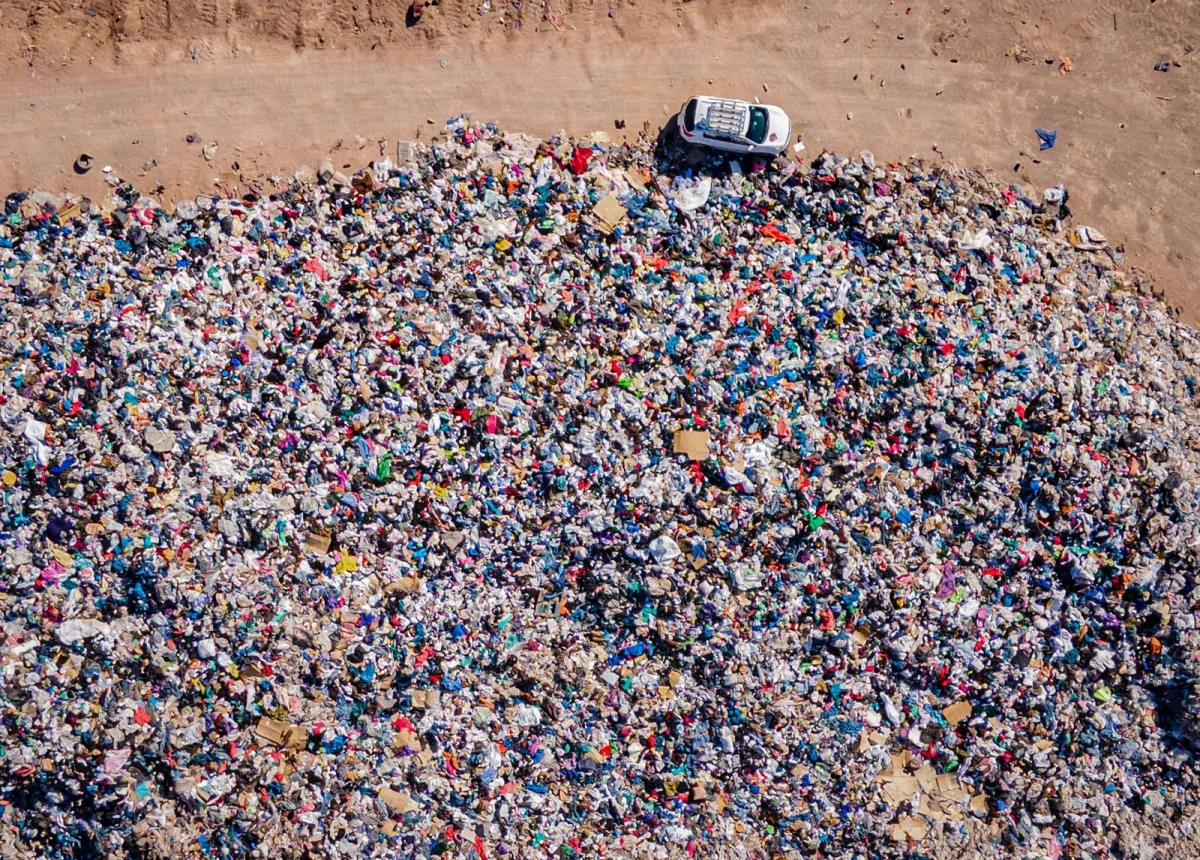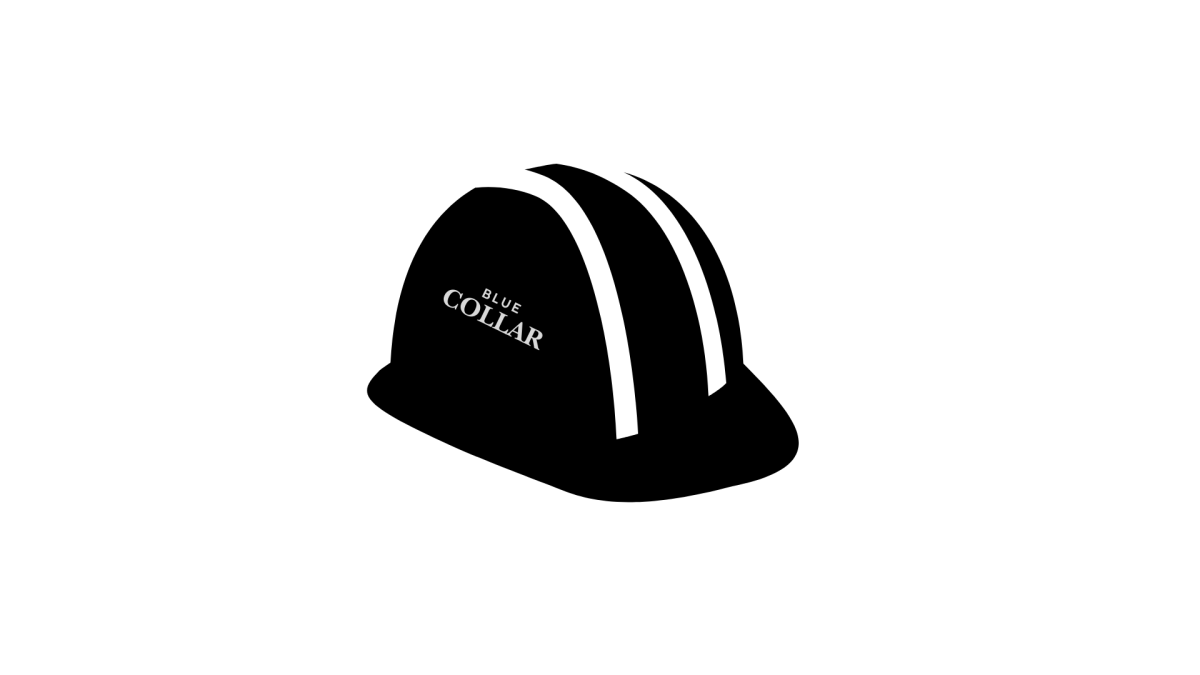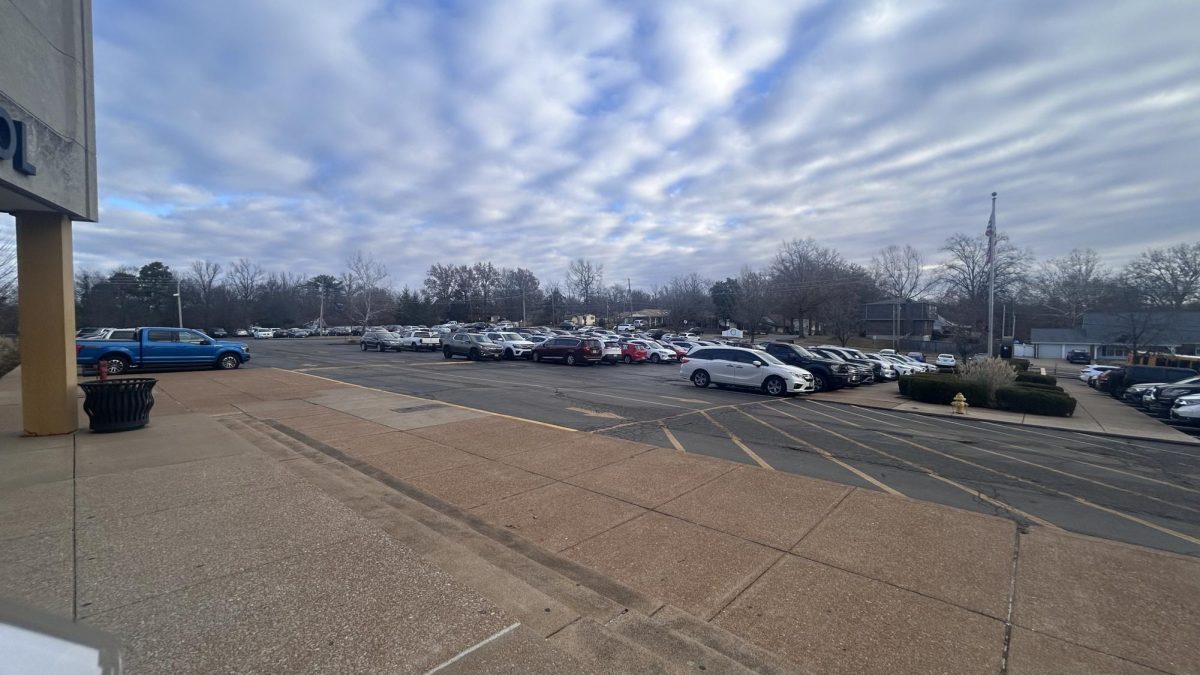In recent years, fast fashion has taken a prominent role in the fashion industry with websites such as SHEIN, Temu, Romwe and countless others. Though these websites promote cheap, trendy and quickly delivered fashionable items, the toll the industry has taken on the environment and human rights is unfathomable and obscene.
Skyrocketing in the late 1990s with brands like H&M and Zara, fast fashion has become even cheaper, lower quality and more damaging. The spikes in worsened versions of fast fashion are all credit to the pandemic when online shopping and e-commerce became the only way people did their shopping.
The environmental damage fast fashion has inflicted on our world is unignorable. The pressure has increased to produce clothing with a reduced cost and production time indicates that environmental corners are most likely to be cut. Different types of quick and easy materials used to make clothing in the fast fashion industry such as toxic textile dye and polyester, which are derived from fossil fuels, have taken some of the heaviest tolls on the environment.
Another way fast fashion has taken a large toll on the environment is through consumers’ disposal of it. The article “What Is Fast Fashion and Why Is It So Bad?” by Solene Rauturier states that “The constant speed and demand means increased stress on other environmental areas such as land clearing, biodiversity, and soil quality.”
Not only does fast fashion negatively affect the environment, but humans and animals as well. Through exploitation of workers and harming animals, it has damaged many aspects of planet Earth.
The materials used to produce articles of clothing in fast fashion have been proven to directly harm marine life as toxic dyes and microfibers have entered waterways, further devastating the food chain. Another outrageous way the industry has harmed animals, according to Rauturier, is that “numerous scandals reveal that real fur, including cat and dog fur, is often being passed off as faux fur to unknowing shoppers,” which is absolutely appalling.
Like animals, many humans have suffered from the toxic industry of fast fashion through worker exploitation. The industry is a known home for dangerous working environments along with inhumane and an unhealthy number of work hours all for a low wage, which is exploitation at its finest. As stated by Rauturier, “Further down the supply chain, the farmers may work with toxic chemicals and brutal practices that can have devastating impacts on their physical and mental health.”
Though many may not realize it, purchasing from fast fashion is an ultimate privilege. According to the article by Evelyn Wang in The New York Times, “How Fast Fashion Became Faster – and Worse for the Earth,” “It is a privilege to buy clothes solely for their style, and it is a privilege to ignore the environmental consequences of doing so.” The article also stated, “the clothes we wear are now more likely than ever to end up as part of the 92 million tons of textile waste produced annually.”
There are many alternate options other than purchasing from websites in the fast fashion industry, but the biggest step one can take is being educated on the harm the industry has caused. Another way to avoid supporting the industry is purchasing from organic and sustainable brands such as “Proclaim,” “ABLE” and “Harvest & Mill” – these are just very few of the brands who are considering people and the environment in the production of their products to contribute positively to the industry and the world as a whole.









